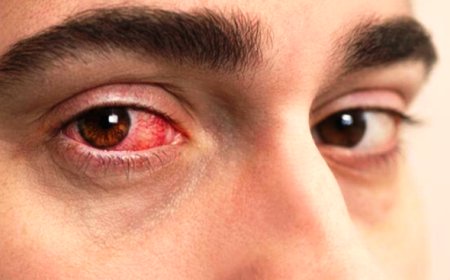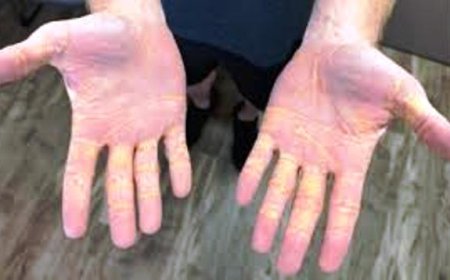Feel Electric Shock When Touching Someone
When you stretched out to grasp someone's hand to shake or touched the doorknob and received a small electric shock. It is not harmful, but it can be surprising.

When you stretched out to grasp someone's hand to shake or touched the doorknob and received a small electric shock. It is not harmful, but it can be surprising.
This phenomenon has a very interesting scientific explanation. It is called static electricity and is much more common than you might imagine. Static electricity is a collection of electric charges on the surface of an object or your body. It typically occurs when two different materials rub together. For instance, when you walk across a carpet in socks, your body picks up extra electrons from the carpet. These small particles are one of the things that form electricity.
Static electricity, also known as electrostatics, is the accumulation of an electric charge on the surface of an object. This charge can be positive or negative and occurs when the atoms of a material gain or lose electrons. When you touch another person or a metal object, the excess charge quickly transfers from your body to them. This rapid transfer causes you to feel a small electric shock.
IT HAPPEN MORE IN THE WINTER
Static shocks occur more frequently during cold weather. That's because the winter air tends to be drier than in summer. Humidity in the air facilitates charge transport away from your body. If the air is dry, nothing can take away the charge, so it accumulates. Air dries up, and electrons tend to form easily on our skin's surface. The air humidity in summer wipes off the negative electrons, and we can hardly sense an electric charge. Indoor heaters in winter make the air still drier, which raises the possibility of static electricity. That's why you tend to notice more shocks when it is cold.
Tiny static shocks won't hurt your health. They might be uncomfortable or startling, but they are perfectly safe for the great majority of people. The energy in a static shock is minimal, barely sufficient to produce a fleeting sensation. But in some cases, such as near-flammable substances or delicate electronics, static electricity can be dangerous. That is why companies such as gas stations or computer chip production go out of their way to avoid it.
YOU CAN AVOID IT
If find static shocks annoying, you can reduce them by following these ways:
- Moisturise your skin: Dry skin carries a more static charge. Use lotion often.
- Avoid synthetic clothes: Dress in natural fabrics such as cotton rather than wool or polyester.
- Walk barefoot: Walking barefoot on natural surfaces such as the floor or grass can help discharge static electricity.
- Use humidifiers: Maintaining an appropriate level of humidity in the environment with a humidifier helps to reduce the accumulation of static electricity and facilitates the conduction of electricity in the air.
What's Your Reaction?

















































